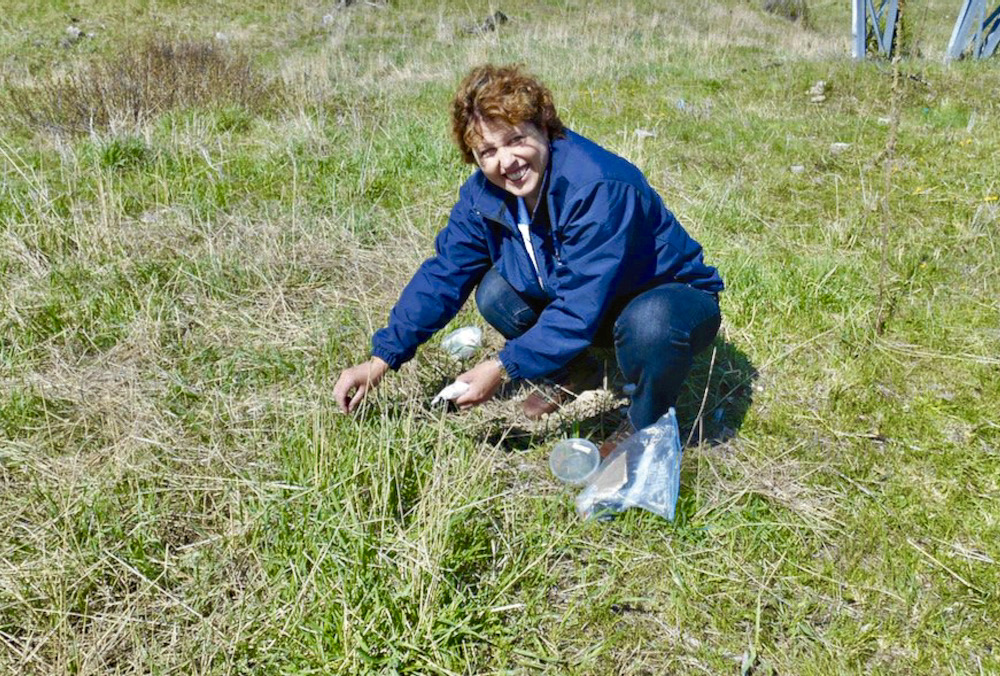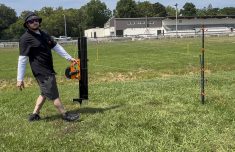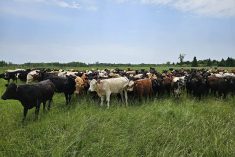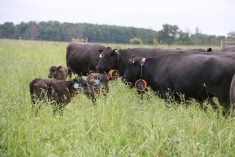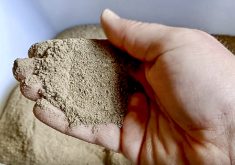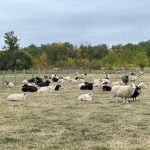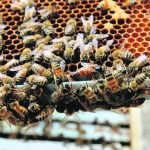Glacier FarmMedia – There are many ways to control weeds. Rose De Clerck-Floate’s favourite is to reunite them with their long-time enemies from the old country.
“All of the weeds here can come from other parts of the world, mostly Europe and some from Asia, and establish here without the organisms that keep them in check in their home range,” said De Clerck-Floate, an expert in insects and biological control of weeds at Agriculture and Agri-Food Canada’s Lethbridge research station.
Why it matters: Eliminating weeds in sensitive areas such as pasture is difficult, and biological options including insects may offer solutions.
Read Also

Dissolving eartags could make pig traceability easier
A dissolving eartag for market hogs, called Clean Trace could reduce processing challenges and enable more individual management of pigs.
But the tricky bit is making sure that introduced insects, also known as agents, are truly host specific and won’t feed on or damage other plants.
“Most of the testing occurs overseas, where the insects that you’re testing occur naturally. That way they can test them outdoors, as well as indoors in cages,” said De Clerck-Floate, adding she and fellow insect ecologist Rob Bourchier collaborate with a Swiss agency that has expertise in biocontrols.
They are able to do their own testing because they have a quarantine facility.
“It’s specifically designed to keep these insects that we work with indoors and under wraps so they don’t get loose in the environment before they are tested and petitioned for release,” she said.
A long approval process
Petitioning is part of the process that includes submitting a detailed report to the Canadian Food Inspection Agency and a review by experts. If approval is given, the next step is helping the newcomers get established in their new homeland.
“Some of them don’t survive our winters well,” said De Clerck-Floate. “We also release them in different habitats and climatic areas. We get a good sense of where they’re going to establish, and what kind of impact they are going to have on the weed.”
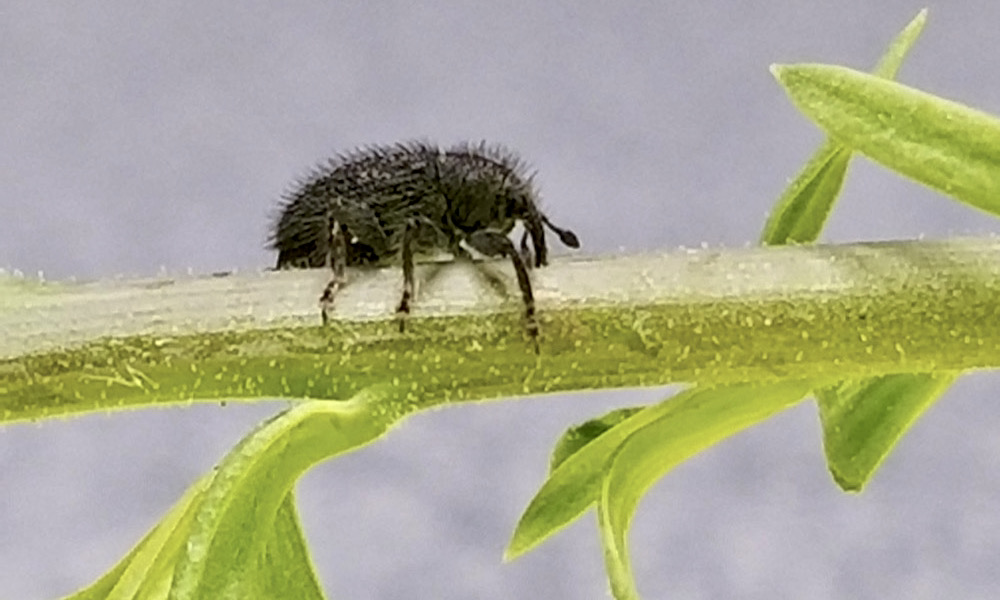
Biological control is one tool to handle weeds, along with herbicides.
“When you reach a point with the weed when you can’t contain it, or you can’t spray it because it is in a sensitive habitat, biological control is a potential tool — if we can find an agent that is really effective,” she said.
De Clerck-Floate is looking at agents for two types of toadflax, dalmatian and yellow.
“Both are a problem in rangelands, but yellow is also a problem in farmland in crops like alfalfa and even barley. It’s a problem in strawberries in Eastern Canada.”
Researchers, including American scientists who are also working on biological controls, think they may have found a suitable agent for yellow toadflax. It’s a type of weevil that lays its eggs into the growing shoots of yellow toadflax, producing galls. The larvae sit in the gall, and all the nourishment comes to them, starving the plant.
De Clerck-Floate is also working on a new insect to combat oxeye daisy, a pasture invader from Europe that cattle won’t eat and can contaminate
seed crops like timothy or alfalfa.
“The agent that we’re petitioning is a moth whose larva feeds on the roots of the oxeye daisy,” said De Clerck-Floate. “Based on our testing, it’s pretty host specific, so it looks like a good agent, and it looks like it could be really effective.”
However, with biocontrol, effective control doesn’t mean eliminating a weed.
That’s because it would be self-defeating if a type of agent killed off the weed that is its source of food.
“It’s like a predator/prey situation,” she said. “The predator is the biocontrol agent, and the prey is the weed. If you eliminate the weed, the insect doesn’t have enough food to feed on long term. Ideally, you want to take the weed below a damaging threshold. We try to reduce its number so it’s no longer a problem.”
Finding suitable biocontrol agents takes a lot of research and time but provides control options that might not be possible otherwise. That is why the team is focused mainly on weeds that affect rangelands and pasture.
“Generally, it’s not cost effective for a farmer to be out there spraying all their weeds,” said De Clerck-Floate. “It’s costly in terms of the cost of the pesticide, but also the feasibility of getting out there and spraying. It’s damaging to the forages, where they are grazing their cattle.”
Alexis Kienlen is a reporter for the Alberta Farmer Express. Her article appeared in the July 26, 2021 issue.


